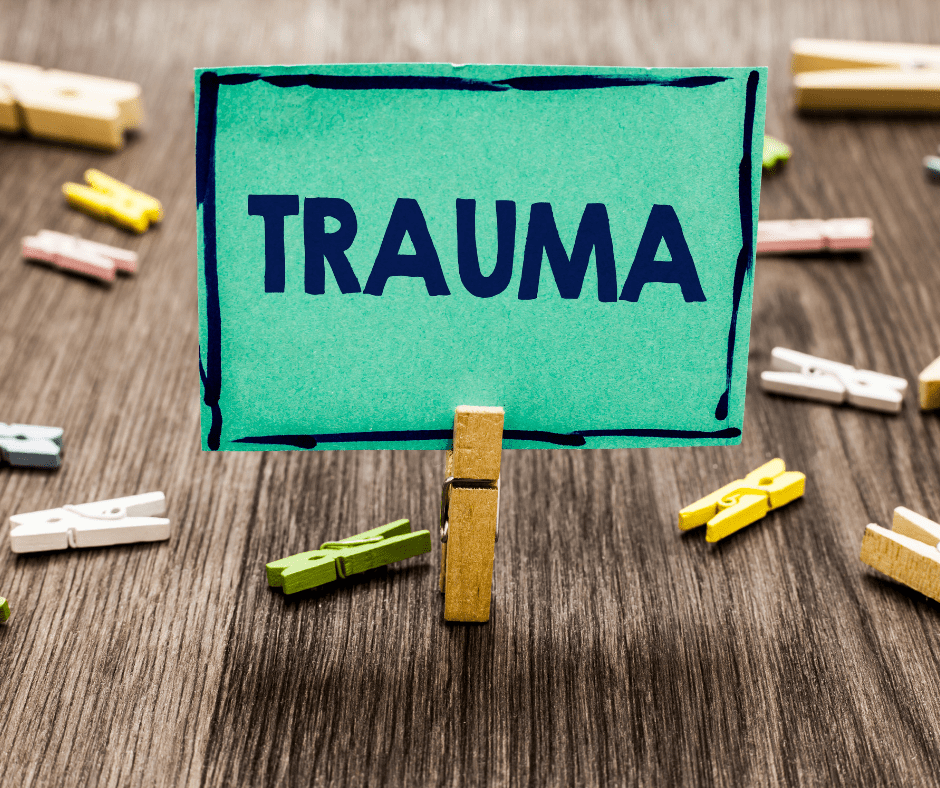 Have you or do you know someone who may have suffered from a concussion?
Have you or do you know someone who may have suffered from a concussion?
Whether through athletics, car accident, or work-related injury, concussions can be scary and debilitating. Treating concussions is a collaborative effort in healthcare, including physicians and other providers, athletic trainers, and therapists.
At Cumberland Healthcare, our Occupational and Physical Therapists can evaluate and treat many problems related to concussions such as dizziness, headaches and neck pain, balance and vision problems, and cognitive issues. We can help you get safely back to school, work, and sports.
Concussion Basics:
- A concussion is defined as a “trauma-induced alteration in mental status that may or may not involve loss of consciousness.”
- Concussion signs and symptoms can appear right away or come on gradually.
- Concussion symptoms can continue for days to weeks.
- Concussions can be caused by a bump, blow, or jolt to the head or body, which can result in the brain moving back and forth within the skull, causing damage to brain tissue.
What if I think I have a concussion?
- Report your symptoms to a coach, doctor, or athletic trainer.
- Be evaluated: Get checked out by a health professional that has experience with diagnosis and treating concussions.
- Rest: After sustaining a concussion, it is important to rest the brain for it to heal properly. “Rule of 2.” Three to 7 days of rest/out of activities/work is recommended.
- Address concerns: If symptoms persist, contact your doctor immediately and discuss options for follow-up care.
Knowing the “Red Flags”
Red flags may be signs for worse, possibly life-threatening injuries. Rapid medical attention is recommended.
- Nausea/vomiting
- Lethargy
- Slurred speech
- Memory difficulty/confusion
- Worsening/persistent headache
- Seizures
- Worsening balance
- Vision changes
- Personality changes
- Loss of consciousness
- Behavioral changes
- Worsening light/sound sensitivity
“Rule of 2.”
The “Rule of 2” is used to monitor changes of concussion symptoms and the need for rest during daily activities.
For example: if a person is having continued headache pain after a concussion, the “rule of 2” is used by rating their headache pain on a scale of 1-10 throughout the day. If the person is participating in an activity that is causing a 1 level rise in pain, the person is to remove themselves from that activity and rest. If the pain level rises two levels, i.e., pain changes from 4/10 to 6/10, then it is a sign of too much brain stimuli and thus “re-bruising” the brain tissue, which is not allowing for adequate healing.
For more information, please call 715-822-7300 or talk with your provider.
